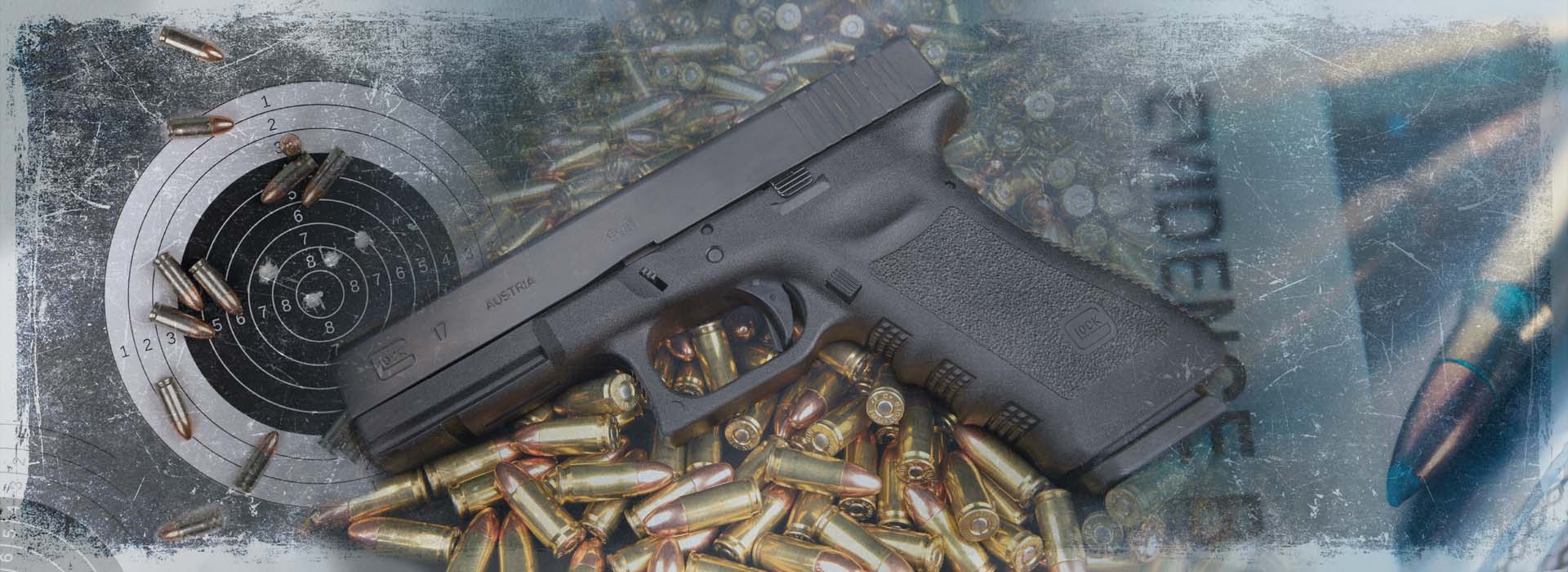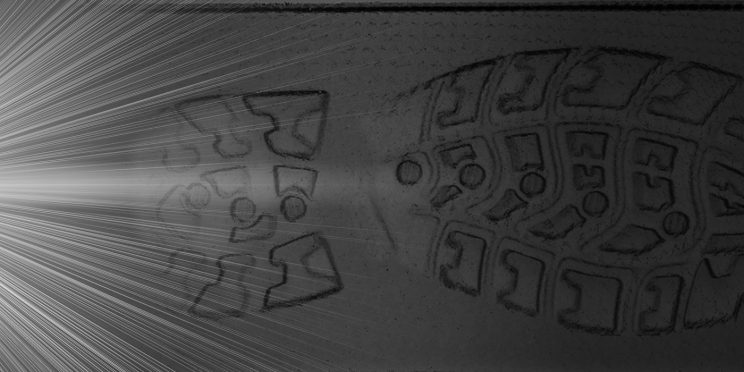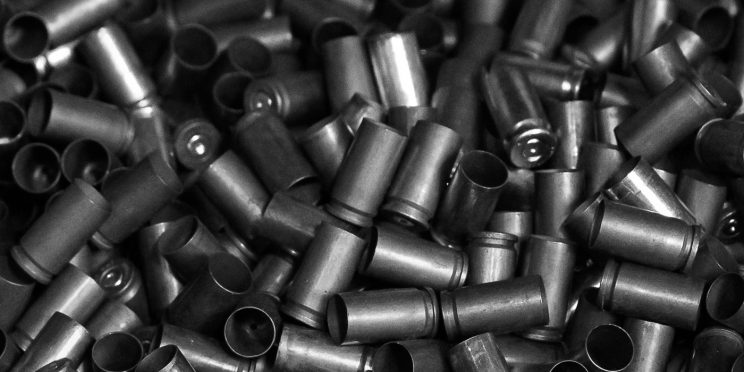Overview
With the implementation of new technologies like 3D virtual microscopy, updates to the language used in testimony and reporting, and new research including black box studies, it is a pivotal time for the forensic pattern disciplines, especially firearm and toolmark examination. The virtual Firearm and Toolmarks Policy and Practice Forum on January 11-14, 2022 will explore these new developments, discuss the foundations of firearm and toolmark examination, and address the implementation of new technologies into workflows. Leading up to the Forum, the FTCOE is hosting a Firearm and Toolmarks Webinar Series to jump-start the discussion.
Webinars
Exploration of Breech Face Subclass Characteristics
This webinar originally occurred on December 9, 2021
Presenter: Veronica Franklin, M.S.
This study assesses the production of subclass characteristics during the manufacturing of breech faces. Observations on how well subclass characteristics persist on manufactured breech faces with and without any finishing methods as well as the effect of the primer on the quality/quantity of the breech face impressions will be discussed.
Glock Pistol Toolmarks: A Literature Review and Introduction of Undocumented Toolmarks
This webinar originally occurred on December 14, 2021
Presenter: Mateo Serfontein, B.S.
This webinar will discuss two previously undocumented toolmarks observed in Glock pistols. These new toolmarks will expand an examiner’s ability to compare fired and unfired ammunition components to each other or to a suspect firearm.
Two-Pronged Study of Bullets Fired by Consecutively Rifled Barrels
This webinar originally occurred on December 16, 2021
Presenters: Dr. Heike Hofmann & Melissa Nally
In this study, examiners used traditional microscopic methods to identify unknown bullets to the appropriate barrels, and 3D scans of the bullets were used in a matching algorithm to find similarity scores. Error rates and the potential for subclass carry-over were evaluated.
The Effect of Time on Rusted Firearm Identification
This webinar originally occurred on January 6, 2022
Presenter: David Glatter
Although iron-based metals are popular for making critical parts of firearms, they are susceptible to corrosion. There is currently little research on how long a firearm can be left to rust before an identification is no longer possible. This project evaluates the effects of rust on Glock and Smith & Wesson Sigma firearms.
Related Resources
Funding for this Forensic Technology Center of Excellence webinar series has been provided by the National Institute of Justice, Office of Justice Programs, U.S. Department of Justice.
The opinions, findings, and conclusions or recommendations expressed in this webinar series are those of the presenter(s) and do not necessarily reflect those of the U.S. Department of Justice.
Contact us at ForensicCOE@rti.org with any questions and subscribe to our newsletter for notifications.




